|
I have a pretty common first name, which has two common spellings: Ann and Anne. According to the site Nameberry, the two spellings trade popularity, with Ann more common in the past and Anne edging it out more recently. By the year 2000, Anne was more popular than Ann by almost 200 spots on the most common names list. Still, they were both in the top 500 US baby names. Because both spellings are so ubiquitous, people often use the wrong spelling for my name. I once wrote an essay about my name, "They Call Me Lucky," in which I made fun of the Anne spelling, describing it as a "superfluous affectation, like “Ye Olde” in a shop name." Similarly, the most famous fictional Anne, Anne of Green Gables, says, "A-n-n looks dreadful, but A-n-n-e looks so much more distinguished." The truth is, its not that big of a difference. When I was younger, it used to bother me when people misspelled my name, especially the childhood Christmas that a relative's handwriting of "Anne" was mistake for "Arne," my brother's name, and he got to open my gift. (One year the reverse happened and I opened a package of boys' underwear.) However, now I know it's an easy mistake, and I expect it. When I was planning my website, I purchased both annhilllesland.com and annehillesland.com, knowing that that half of the people looking me up would spell my name Anne. Still, I do find the number of people who misspell my name curious. The other day I received an email which started "Dear Ann" but referred to me as "Anne" in the body. In many cases, the misspelling occurs in a reply to a Facebook post or email of mine, where the correct spelling was right in front of the writer. So what gives? After thinking it over, I've decided that people misspell my name because they think they already know how to spell it. Very few people misspell my last name, which is much more complicated. When I teach creative writing, I tell my students that good writers are observant. I often give them the homework assignment to keep a journal of things they've noticed that sparked their interest. Of course, as soon as I assign them the task, I go off and try it myself, and instantly realize how unobservant I am. I'm always amazed at the things I notice, even in familiar locations. A spider has built a web in the corner. The nightlight in the bathroom is shaped like a miniature blender: OK, maybe I'm the only one who thinks that. I don't usually notice these things because I think I already know what my familiar surroundings look like. It's easy to go on vacation to a foreign country and be amazed at the decorative manhole covers. But have I ever looked at the manhole covers in my own neighborhood? Prague's cover is spectacular, of course, but even my local one is surprisingly beautiful, and nothing like the mental image I would have supplied, thinking I already knew what it looked like. I have a boundless ability to overlook things that are right in front of me. I need to keep learning that fact, and keep fighting against that tendancy. Because in the end, I'm as likely as anyone to mistakenly think I already know how to spell a name, or describe the world.
2 Comments
Recently I went up to San Francisco to look at some locations where I’m setting scenes in the novel I’m writing. I had been to most of the places before, though not recently. Others I had never visited. While I was writing the first draft, I used Google Images, Google Street View, pictures in Yelp, my own photos, and web searches to give me an idea of the locations. However, pictures can only show, at best, what a place looks like. They cannot tell what a place smells like, sounds like, feels like. Using memories and imagination, I populated the scenes with sights, smells, sounds, and temperatures to fit the scenes. However, I was unwilling to rely only on images and imagination, so recently I went up to San Francisco on a whirlwind tour of locations for the book. Though sometimes my imagination hit a detail spot on (yes, it was very windy at Alta Plaza Park), mostly I was struck by all the things I saw that were more interesting and unique than I imagined. For example, the woman in Golden Gate Park wearing a ball cap with brown feathers on the sides, like a redneck Wagnerian helmet. The graffiti heart atop the staircase at Fort Mason. The man carrying a cymbal under his arm at the Ferry Building. The whales surfacing off Point Lobos. The bride and groom taking wedding pictures in front of City Hall: The pink ballet slipper tossed over the wall at the Sutro Baths overlook: The woman sweeping the rocks in the Academy of Science’s penguin exhibit. The homemade Batmobile parked at Land’s End. I’m not sure which (or any) of these unexpected sights will make it into the book. But this trip reminded me of how strange and wonderful the world is—much more so than we imagine. We just have to look.
My Facebook feed is full of shots of beautiful food. Often the food displayed sits on restaurant tables: except for cooking bloggers, home cooks don’t routinely produce exquisite, perfectly garnished plates. Most nights, if they are anything like me, they just want to eat whatever it is they’ve cooked. However, when home cooks make something especially beautiful and elaborate, they post pictures. I do this myself. After hours of work, who can resist posting their beautiful homemade sourdough or cherry tomato cobbler? But like so much on Facebook, these pictures only show our good side. They don’t show our failures, or even our ordinariness. I didn’t post pictures of my pale and dense homemade rolls at Thanksgiving or the pasta I made with store-bought pesto. Which brings me to my Easter pie. Because I had company coming for dinner, and because I had promised my husband I would make him a pie from a jar of huckleberry pie filling, I decided to bake a pie. Unfortunately, my crust was a little dry, so rolling it out was a challenge. It cracked, and though I tried to repair the fissures, the dough always cracked again on the same spot. When I put the top crust on over the filling, the cracks opened again. Arrg! I decided that I would make little flowers out of extra pie crust to cover those spots. I envisioned a pie so whimsically cute, it would surely be worth a Facebook post. Well. Making those little flowers turned out to be harder than I thought it would be. I rolled out my cracking crust and tried to cut out the flowers with a knife. “You’re making little stars!” my husband exclaimed as I was trying to freehand flowers. I managed to make two and put them over the ugly parts of the upper crust. But then, having just two flowers looked stupid. I decided I would have to make a few more. The longer I worked with the crust, the warmer the pastry got, and the more difficult forming the flowers became. Finally, I decided I was done and put the pie in the oven. When I looked in on the pie a few minutes later, my crust's crimped edges had totally drooped. I think it took me so long to get those flowers on that the crust’s butter had softened too much. I opened the oven and frantically tried to push the flattened edges up again, though it was a failing effort. When the pie came out, it was not the whimsical, flower-scattered beauty I imagined. Instead, it looked like this: Not picture-perfect by any means! It was more comical than beautiful. Certainly not worth a social media post. But then I remembered something I tell my memoir writing students: no one wants to read about someone perfect. If you’re not willing to expose your faults, you won’t write an interesting essay. People want to read about people as flawed as they are. The advice is true for fictional characters as well. So I went ahead and posted the pie to my feed, figuring everyone could get a good laugh at my pie fail. Of course, since my Facebook readers are all my friends, they said it actually looked like a wonderful pie. But I hope some of them laughed too. And though it didn’t look so wonderful, the pie tasted good! This photo is proof that I could have selectively posted a more beautiful, but incomplete picture. I chose not to.
A few years after my grandmother died, my mom brought out Grandma’s jewelry box while my two sisters and I were visiting. Mom laid her mother's jewelry out on the dining room table in a river of rhinestones so my sisters and I could take turns choosing what we liked. Sometimes Mom examined a piece before putting it down, smiling slightly as she remembered a particular pin. I love old-fashioned jewelry, especially rhinestone broaches. I chose many pieces I frequently wear, including a set of autumn-colored rhinestones. I also chose a pair of white mice pins because I remembered Grandma wearing them on her red wool coat. After several turns choosing, my sisters and I were down to the odd bits, the little trinkets many of us keep in our jewelry boxes for one reason or another. We examined them curiously. Among them was a metal medallion painted sky blue, with a raised silver gilt accordion on it. I found this medallion so intriguing. How had Grandma come by it? Why did she keep it? As far as I knew, she had never played the accordion. Did it symbolize music? Dancing the polka? Had she won it? Had it been a gift from someone, perhaps a student? Her mother (my great-grandmother) had been a musician. Had it been hers? Neither of my sisters wanted the accordion medallion, so I took it. I also found, jumbled in the bottom of the jewelry box with sections of broken chain, a gold metal clamp (bail?) that I tightened onto the medallion so that I could use it as a pendant.
Mystery is all around us, even mysteries about those closest to us. I wonder about the story behind the accordion medallion, but I will never know. Since I’m a writer, maybe someday I’ll make up a story about it. For now, I wear the mystery accordion occasionally as a pendant strung on a white ribbon. Wearing it reminds me of all the stories I don’t know, and how intriguing they all are. I grew up in the San Francisco Bay area, so when it snowed when I was in grade school, it was unbelievable. Not some sleety, icy rain, but actual flakes, downy and puffy and beautiful. I walked out of my speech therapy session into a miracle. The snow stuck to the blue fur of my coat and looked just like the snow in the movies. Some teachers had let their students out of class, and kids were running and playing in the snow, screaming, trying to form snowballs. The next day the front page of our local paper showed a picture of snow falling in a grove of palm trees. I walked back to my classroom through the snow. I was tempted to run and play like the kids whose teachers had let them out, but I was supposed to go straight back to class after speech therapy, not run around. I hoped hoped hoped that when I reached my classroom I would find it empty, the kids building a snowman on the kickball field. But when I got there, the students were all sitting in their seats under the florescent lights, ignoring the miracle taking place outside. I slid into my chair, hoping each moment that the teacher would let us go before the snow melted. But she didn't. This Christmas Eve, I was visiting my mother in Washington state when it started to snow. At first little ice pellets, too small for hail, clattered down. Then real flakes started drifting down. According to the weather forecast, it wasn't even supposed to rain, so once again, the snow was a miracle. A white Christmas! I was busy making rolls for Christmas dinner. In fact, the dough was fifteen minutes into its first rise, which the recipe said would take half an hour. Based on the forecast, though, the snow wasn't going to last. So I left my dough rising, borrowed my mother's boots, and rushed outside to enjoy the snow. I walked through the fir trees, marveling at the snowflakes sprinkling my blue rain jacket, at the slow slifting white that frosted the ground. Sometimes it feels like I haven't learned anything in this life, but I have learned this: when a miraculous snow falls, drop what you're doing to enjoy it. By the time I made it back to the house fourty-five minutes later, the snow had already stopped, so if I'd waited, I would have missed it.
The rolls turned out fine. Recently I made two spur-of-the-moment purchases of odd household items. We were dropping something off at the Habitat for Humanity store (like Goodwill, but for home improvement) when I saw an old-fashioned mirror. I instantly loved it, though the paint was peeling and it was a little loose in its frame. I fell for this mirror, even though it needed work. It was under $20 (it had geological layers of price tags showing how often its price had been lowered). I went with my gut and bought it. The second purchase was larger. I told my husband I was looking for a bird cage for the yard. The next day he took me to see a birdcage he'd spied in town. When I saw it, I knew it was perfect. It wasn’t a pristine piece that I would feel bad about putting in the yard. It was big, it was freestanding. The shopkeeper told us that it had been the seller’s grandfather’s, handmade for him. Now, this was not as small of a purchase as the mirror, either physically or financially. And we had just started looking for a birdcage. Maybe when I made the rounds of antique stores in the area, I would find one that I liked better, or was cheaper. I’m usually a careful shopper for items for the home because once I buy furniture or décor, I tend to hold onto it. I’ve been married 19 years and I’m still using some of my Cost Plus furniture from when I was single. But again, I went with my gut. The birdcage was what I wanted, and it was the kind of unique item that’s not easy to find.
I’m always second-guessing myself. But when I made these purchases, I told myself that I could always donate the mirror back to Habitat for Humanity, and then they could sell it twice. And I told myself that if I found a better birdcage later, I could buy it and keep both, or try to sell this one back to the antique store. I should go with my gut more, and stop trying to be so sure about everything. I’ve already wasted more life dragging my feet and checking everything twice than I can spare. I need to go with the gut in writing, too. When I’m in the zone, ideas just come, words just flow. I take them without questioning them. I can always delete what I’ve written if I don’t like it. When I go with instinct, I write some lousy sentences and paragraphs, and yes, even pages. But instinct also gives me the best writing—the perfect simile that seems to come from nowhere. The detail that clashes with the scene and so speaks the most. The action a character takes that surprises me, but defines her in a way I hadn’t considered. Go with the gut. Grab what the universe gives you, even if it’s a large wrought-iron birdcage. Today as I was about to scoop sourdough starter from its mason jar, I realized that my go-to ladle was in the dishwasher with pasta sauce on it. So I went to the silverware drawer and got the mismatched serving spoon. I don’t know where the mismatched spoon came from. It might have come from a garage sale when I was setting up my first kitchen. It might have been my husband’s before we married. It might have been left by a guest bringing a dish to our house. It doesn't look anything like the spoons in our wedding stainless silverware. It’s just a stainless steel serving spoon that turned up somehow. It’s quite handy having a mismatched spoon. I always take it to potlucks so if I forget to bring it home, it doesn’t matter. I also use it for any especially messy job I need a spoon for, such as scooping gluey sourdough starter. I don’t have to be careful of it.
As I was scooping my sourdough, I thought how much more interesting life is for the mismatched spoon than for the other serving spoons. Sure, the others get used when company comes over. But the mismatched spoon gets to travel to potlucks, see the world a bit. Also, the mismatched spoon is called upon for every interesting task that might not turn out perfectly. And all because I don’t have to be afraid of damaging it. I’ve been thinking a lot lately about fear. I’m afraid a lot. I’m afraid of fireworks. I’m afraid of dogs. For years I worked in an unexciting but fairly lucrative field because I was afraid to try for what I really wanted, to be a writer. I’d lived my whole life in the same area, played most things safe. But recently I’ve made some changes. I’ve reorganized my life to focus more on writing. I moved to a new place where I knew no one. I’m writing a novel, which always takes courage, since I might spend years writing with no publication to show for it. Even if I might get banged around a bit, I’m trying new things--leaving the silverware drawer behind. Who can go to Buenos Aires without tangoing? Not me. Last summer when I traveled there with a large group, we all went for a tango lesson and show in an old movie theater with a dazzling, light-studded marquee. Our lesson took place in an upstairs art deco practice hall with two frighteningly elegant and graceful instructors. I felt more glamorous just being in the building. After the instructors had explained the basic steps and we had circled them, attempting to copy their moves, we were ready to try tangoing with a partner. Because I wanted to meet someone outside our group, I approached a tall man with graying curly hair. When we introduced ourselves, he told me that his name was Vladimir and that he was Cuban, currently living in Florida. We didn't have a lot of time for chit-chat because the instructors were starting the recorded music. We took our tango position, backs straight, heads proud.
I was confident. I had taken ballroom dancing in college, and the tango had been my best dance. My partner and I had even chosen it for our final exam. It had been years since I'd tangoed, but I was sure tangoing was like riding a bicycle, a rhythm and balance you never forgot. Immediately, though, I realized that I was in trouble. It seemed like the instructor was asking us to start with the opposite foot from the one I remembered. I could only keep up if I counted out loud--counting in my head didn't do the job. Not very glamorous. Vladimir turned out to be a much better dancer than me, performing the steps with a gliding ease that eluded me. I moved the wrong foot and collided with Vladimir's foot. "I'm sorry!" I said. "You can do it that way too," he said. When I failed to slide my foot across at the right time: "I'm sorry!" "That way works too," he said. Whenever I started to relax and think I had finally mastered the basic tango step, I inevitably placed a foot wrong. Vladimir kindly never admitted that I was making a mistake, instead insisting that I was just tangoing in my own style. He was so gracious that I felt even worse about my errors. Yet, in a way he was right. Argentinian tango, unlike ballroom tango, is an improvisational dance. In that way there is no "wrong" tango. Life is improvisation too. Even if you try to live a perfect life, you'll end up putting a foot wrong or twisting your ankle. And you can't dance your life to someone else's steps--eventually you'll want to add your own flourishes and twirls. Writing is improvisation too, and sometimes I feel like I'm doing it all wrong. But workshops teach writers guidelines, not rules. Maybe you want to change point of view characters in the middle of a scene, write a surprise ending, begin or end with a character's dream. That's your own style, and no one can tell you you are wrong. Vladimir's attitude encourages me to take risks in my life and writing. If I break a "rule" I just tell myself "You can do it that way too." In my last blog post, I wrote about how my old water aerobics hat had gotten faded without my noticing. What was once cute was now shabby. I decided I needed a new hat and went on a quest. After looking locally and finding only blah tan hats, I decided to order one off Etsy. Because so many people list their handmade items there, I had a huge variety of patterns to choose from. Should I get one particularly appropriate to water exercise, such as the hats with whales or with rubber duckies wearing tiaras? Or should I get whatever pattern appealed and not try to be thematic? I peppered the sellers with questions: How wide was the brim? Could they make a special order? Finally, I selected a polka-dot hat. The brim was generous without being so wide it would drag in the water. The light-colored material would be cool. It had a toggle I could fasten under my chin for windy days. The seller would swap out the standard lime green lining for a darker, more glare-resistant material. What color would I like? Pink, I decided. As I placed the order for my custom hat, I contrasted this process to the way I got the last hat. One day I was walking through Macy’s, right by a table of clearance accessories. Everything was jumbled together: purses in odd shades of green, belts with huge buckles, tiny, zebra-print pocketbooks that would hold no more than lipstick and a credit card. And sitting in that pile of miscellany, a bucket hat with sexy cowgirls on it. I had no use for such a hat, but I wanted it. (I often find clothes and jewelry in the clearance section that I love and no one else seems to.)
So what does this have to do with writing? Well, to me, it seemed like a metaphor for the difference between how I write novels and short stories. Short stories, for me, mostly happen serendipitously. I see something like a squirrel’s poor attempt to hide an avocado, and a story is born. I’m essentially walking by the clearance table and am inspired to grab an intriguing detail. A story (especially a flash fiction) is an impulse buy. Novels can start with a momentary impulse or small detail, too, but I’ve found that as the writing process continues, I need to become more calculating and selective. If the character does that, will I run into trouble later? What can I do now to plant the seeds for a development coming towards the end of the book? I don’t outline, but by the time I’ve written around half the novel, I do have a general idea of where I will end. Novels cannot completely be impulse buys. At some level, you have to make sure the plot elements you get suit your overall purpose. Select them as carefully as a new hat. I have been using the same hat for water aerobics for several years now. It’s a reversible bucket hat—black on one side, with a sexy cowgirl print on the other side. For the exercise class, the hat is perfect. It shields my face without dragging in the water. In the summer I wear the light colored print side out, and the black underside helps shade my eyes. In the winter I turn the hat around and wear the dark side out, so it absorbs the sunshine and helps keep me warm on cold January days. It is washable: if it blows off and lands in the water, no harm done. I have worn it three times a week to the pool for years. Over time, it simply became my swim hat, something I didn’t even look at, even as it became old and faded. In fact, if I didn’t know the print was of cowgirls, I might have trouble figuring it out: Here’s a sample (taken from a fabric site) of what the cowgirl print looked like new: One day I looked at my hat drying over the shower rail and thought: that’s an old hat. I hadn’t noticed because my hat itself had become “old hat,” that is, it had become predictable and familiar. So familiar I didn’t even notice that it was faded beyond recognition.
Writers are always trying to avoid “old hat.” We don’t want to use clichés or tell stories that have been told the same way a thousand times. Clichés become clichés because they are perfect for the job. When you’re afraid, the hair on the back of your neck really does stand up, but now that’s such a clichéd way of describing fear that it really is old hat. It’s gone from being (like my hat) cute and fun to being something so faded you pass over it without even really seeing it. But I think the biggest old hat danger for writers is not a way of writing, but a way of seeing. We should not pass over the ordinary without looking closely. Henry James said to writers: "Try to be one of the people on whom nothing is lost!" If we let our world become old hat, then we won’t really look at it. We won’t be able to describe it in new and fresh ways. Don’t let your everyday life become old hat—faded because you no longer pay attention. |
Author
Ann Hillesland writes fiction and essays. Her work has appeared in many literary journals, including Fourth Genre, Bayou, The Laurel Review, and Sou’wester. Categories
All
Archives
February 2024
© Ann Hillesland 2015-2017. Unauthorized use and/or duplication of this material without express and written permission from this site’s author is strictly prohibited. Excerpts and links may be used, provided that full and clear credit is given to Ann Hillesland with specific direction to the original content.
|


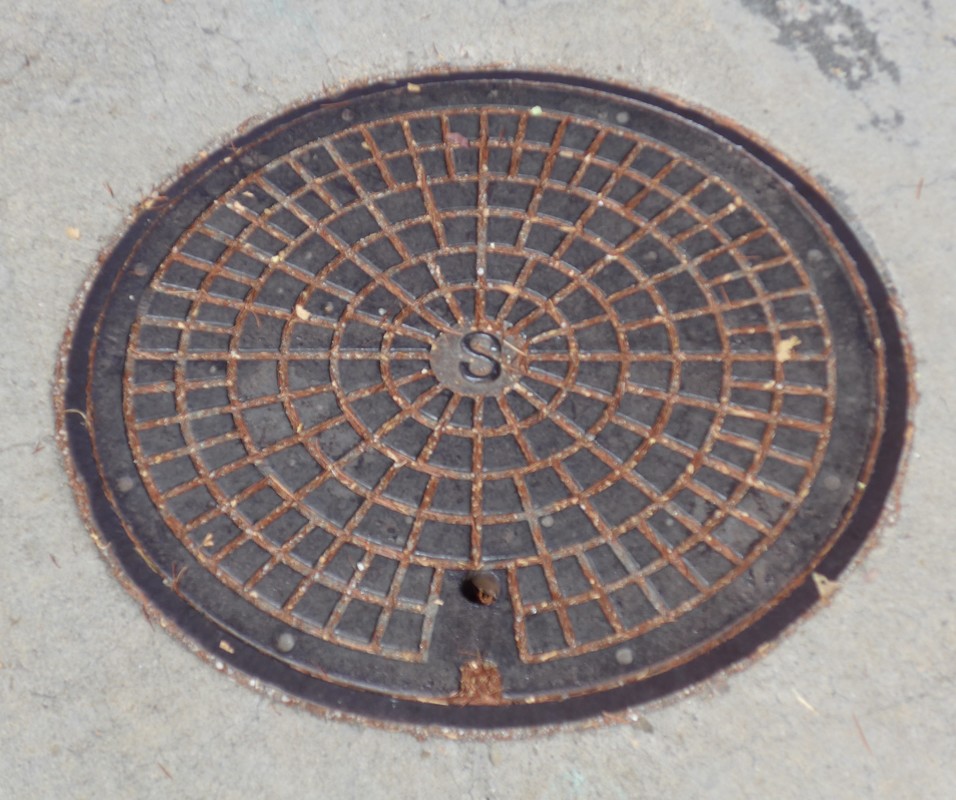
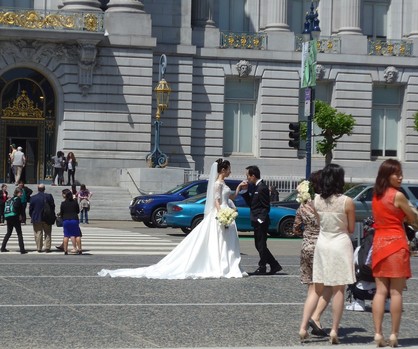

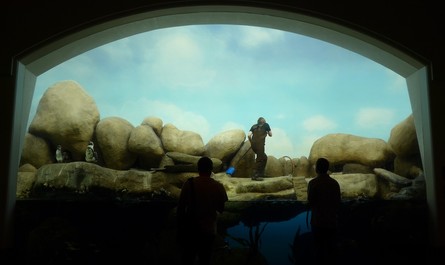

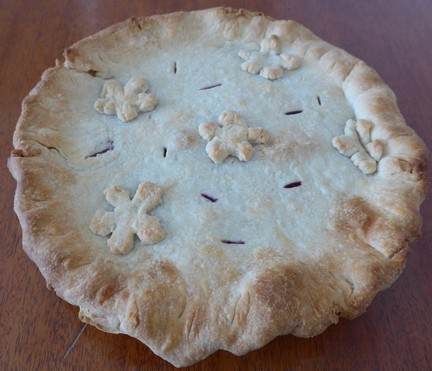
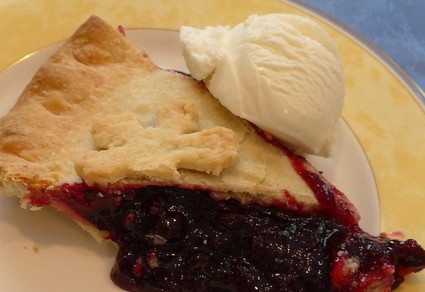
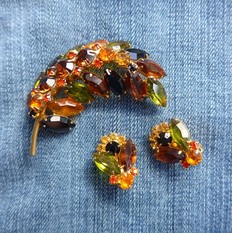
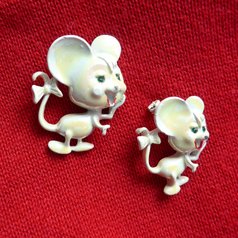
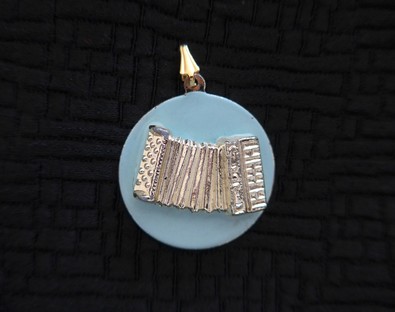

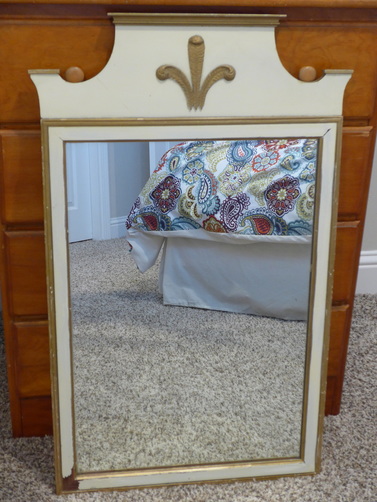
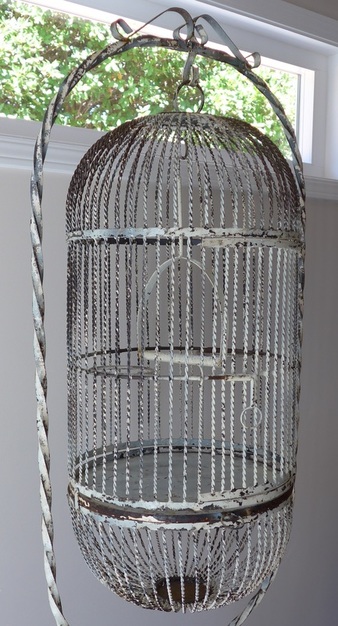
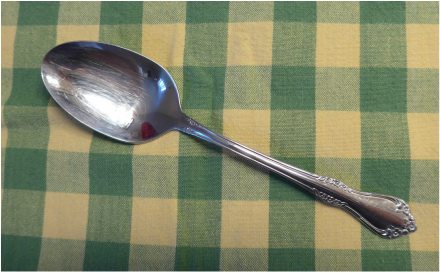

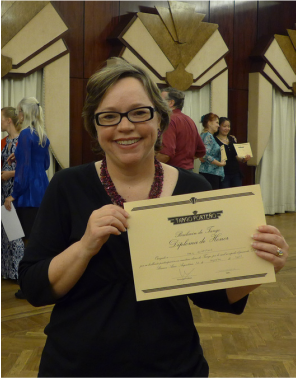
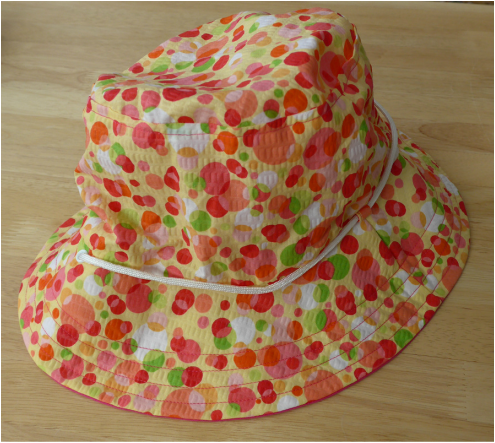
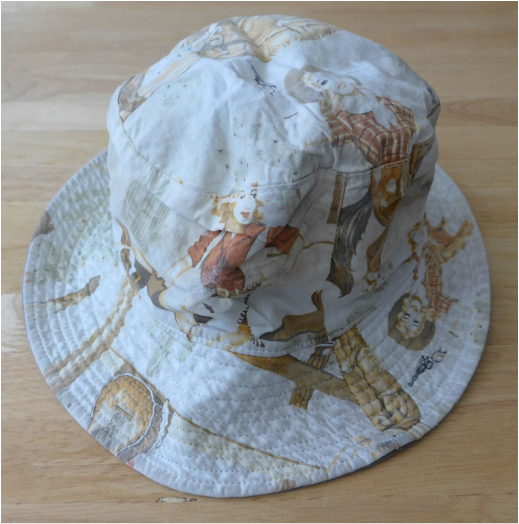

 RSS Feed
RSS Feed